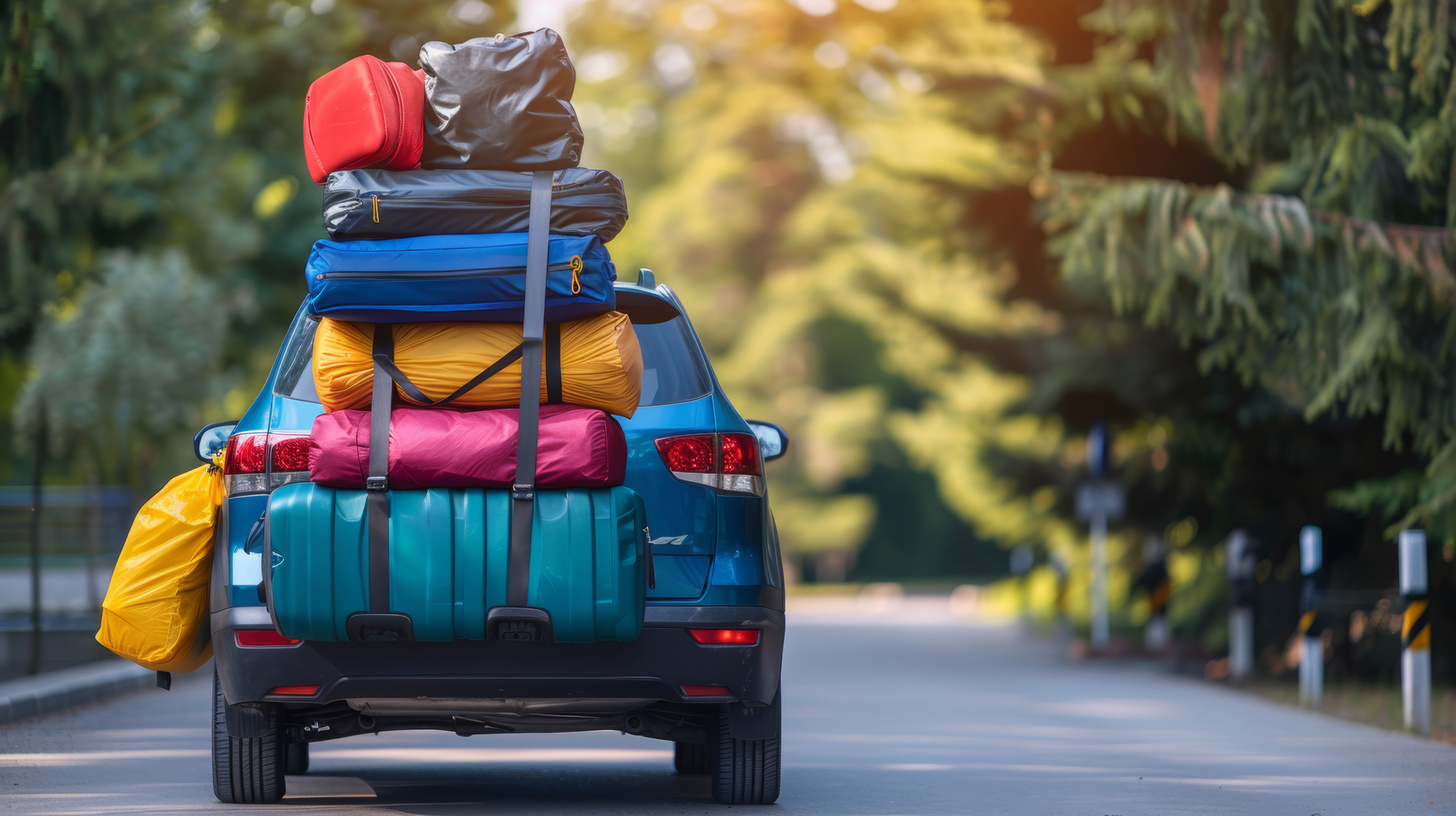
Tie-downs are pretty versatile tools for keeping things in place. We know they are used for a variety of commercial applications, like transport and logistics. But what about noncommercial applications? Tie-downs are pretty common among certain types of recreational activities. Think overlanding, kayaking, and even camping and hiking.
If you are big into recreational activity, how often do your activities require tie-downs? How do you choose the kinds of tie-downs you will use for each activity? These are questions that intrigue me because I know there are so many choices to work with.
Typical Recreational Tie-Downs
Some of the tie-down options used commercially would not be appropriate for recreational activities. They would literally be overkill. For recreational purposes, the most common types of tie-downs are:
- Ratchet Straps – Ratchet straps are pretty popular for more rugged recreational activities. They typically have WLLs of 500-3,000 lbs. Their ratchet-equipped buckles are ideal for securing heavier items to roof racks and trailers.
- Cam Buckle Straps – Cam buckle straps are similar to ratchet straps with the exception of their buckles. Cam buckles are considered lighter duty buckles, so cam straps tend to have lower WLLs from 300-1500 lbs.
- Lashing Straps – Lashing straps are also like cam buckle and ratchet straps. But their simpler buckle mechanisms are better for basic needs. They are rated for light to medium-duty use. Think tying luggage to a roof rack or securing camping gear in the back of a truck.
Bungee cords and traditional ropes are two more choices. Personally, I tend to stay away from bungee cords. They are only good for loads under 100 lbs., and they tend to lose their elasticity over time. Rope is okay, but I just find my Rollercam cam buckle straps so much easier to use.
Things You Have to Consider
With so many choices to work with, deciding on the best tie-down involves more than just grabbing the first thing you see on the shelf. There are important things to consider. Your starting point is the load itself.
Modern tie-downs should come marked with WLLs. WLL is a measurement of the amount of force a tie-down can withstand and not fail. It is measured in pounds to correspond with cargo weight. As a general rule, the total combined WLL of all your tie-downs should equal at least 50% of the total weight of your cargo.
Other things to consider include:
- Tie-down Length – The length of your tie-downs makes a difference. If they are too short, you might find yourself cutting corners. But if they are too long, you will have excess material to deal with.
- Material Properties – Some materials are more resistant to environmental influences than others. You might want a tie-down that can withstand UV rays or resist water.
- Ease-of-Use – It’s okay to give some attention to ease-of-use. There is no point in making the job of tying down your stuff harder than it needs to be. That’s why I prefer cam buckle straps. They are the easiest option in my opinion.
- Versatility – I consider versatility for the simple fact that being able to use my tie-downs for multiple purposes means having to carry fewer with me. The same tie-downs that hold my kayak in place can double as laundry lines at my campsite.
Tie-downs are an integral part of my recreational activities. How about you? If you use tie-downs regularly, how do you choose them for each of your applications? My choice is almost always cam buckle straps. However, I have been known to use both ratchet straps and ropes on occasion. It is all good.
